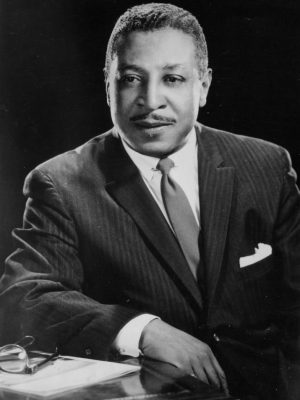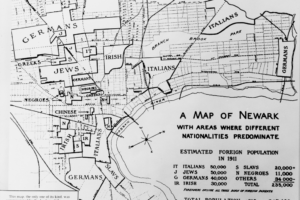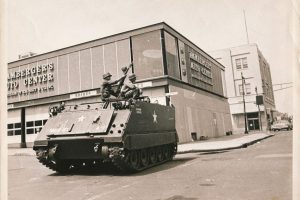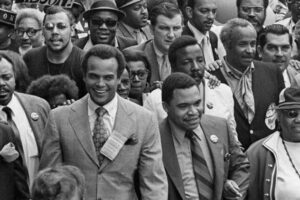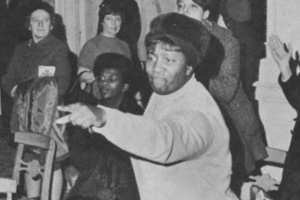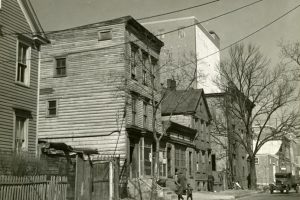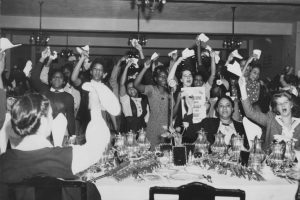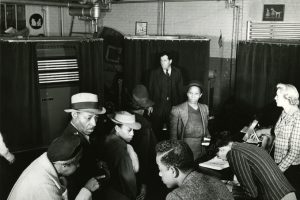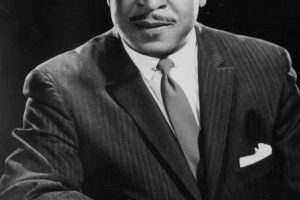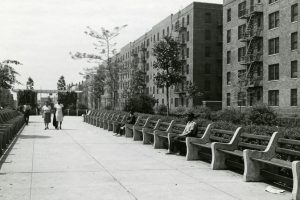CHAPTER 2: 1950-1960
Although African American populations had been in Newark well before most of the European ethnic groups arrived in the city, Newark’s black communities emerged from the post-World War period at the bottom of the social, economic, and political ladders. In spite of being relegated to the margins of the social, economic, and political systems, organizations and individual leaders emerged in Newark in the 1940s-1950s as champions of the interests of black people.
In 1953, Newark’s governmental structure underwent a drastic change, as the “commission” form of government was replaced by a “strong-mayor council” form. Under the commission form, there were no African Americans among the five Newark Commissioners, who represented the strongest white ethnic groups at that time. After each election they decided who would be Mayor and parceled out the various departments among themselves. African Americans were not represented at this table and thus got none of the spoils of membership. The New Jersey Afro-American said the Commission form of government, “was for corrupt political machines and race baiters; it has been extremely difficult for Newark’s 76,000 colored citizens to have a voice in municipal affairs for thirty years.”
With the emergence of the new “strong-mayor council” form of government, however, black political empowerment was made possible. Five wards were formed, including the Central Ward, which had a black majority. This made possible the election of Irvine I. Turner in 1954 as Newark’s first African American city councilman, and the city’s first “Black Power leader.”
Although Newark’s black population finally gained some political representation in 1954, old and new problems continued to stymie their efforts for upward mobility. Several aspects of this first phase of political empowerment greatly limited black political, social, and economic empowerment: the utter dependence upon electoral victories by this first group of black power aficionados in the Central Ward only, without any attendant understanding of the need for organization beyond election day; the complete dependence upon white politicians for the spoils of victory; and the contentedness with low level demands for satisfaction in the face of still rampant inequality.
As the 1950s progressed, there arose a growing, inherent conflict between those who put their eggs in this basket of old-school politics, and those who were following the lead of the emerging Southern Civil Rights Movement and making demands in a manner that the power structure was unwilling to accept.
